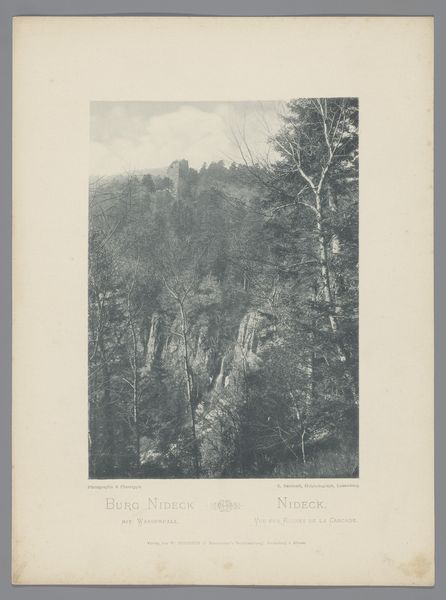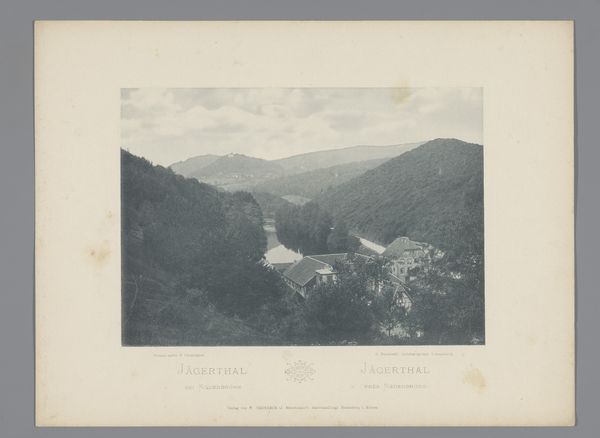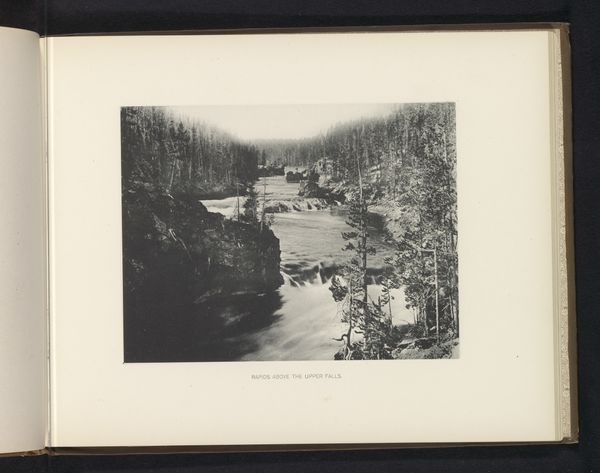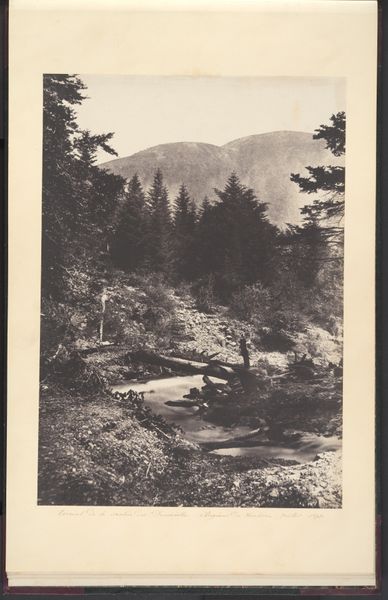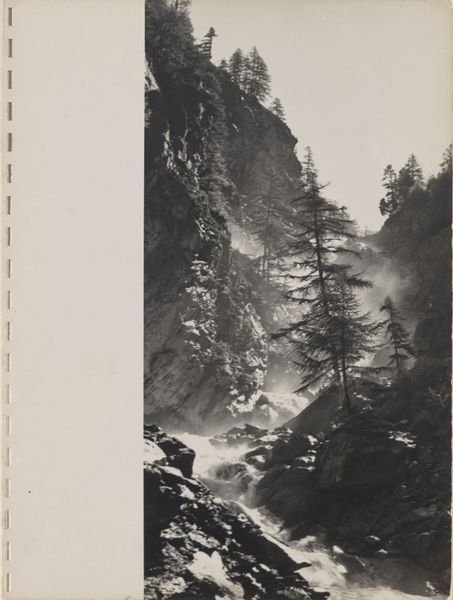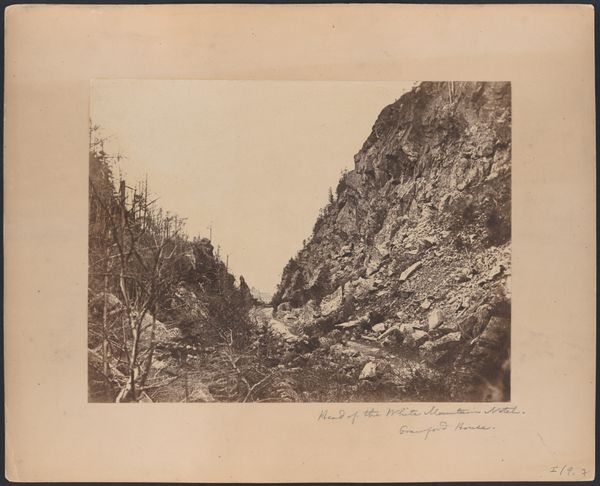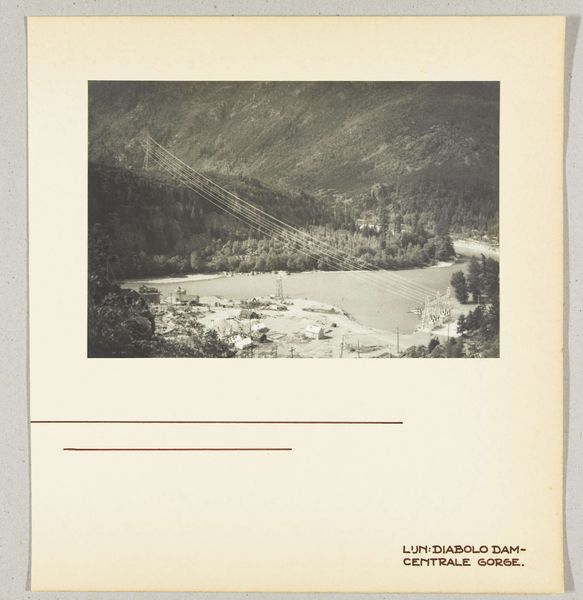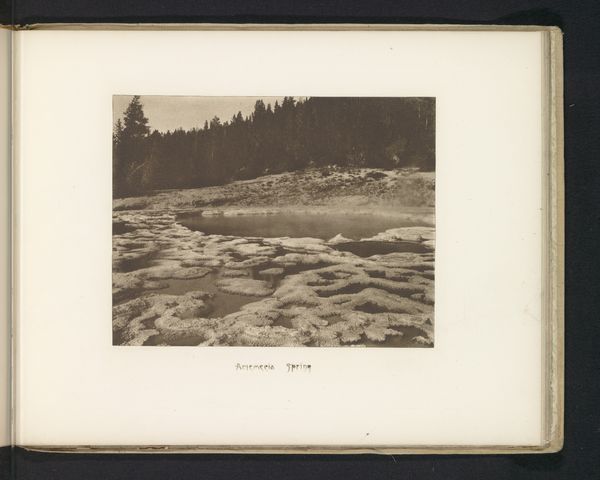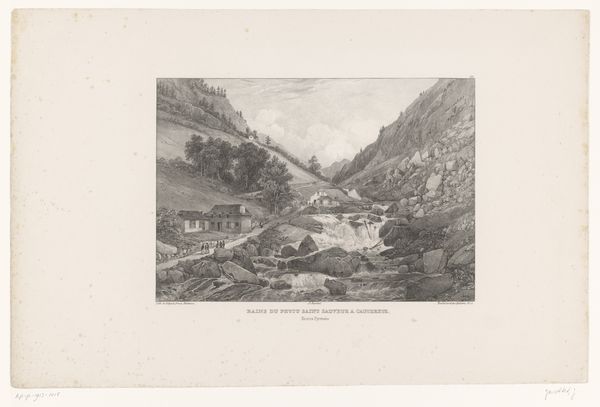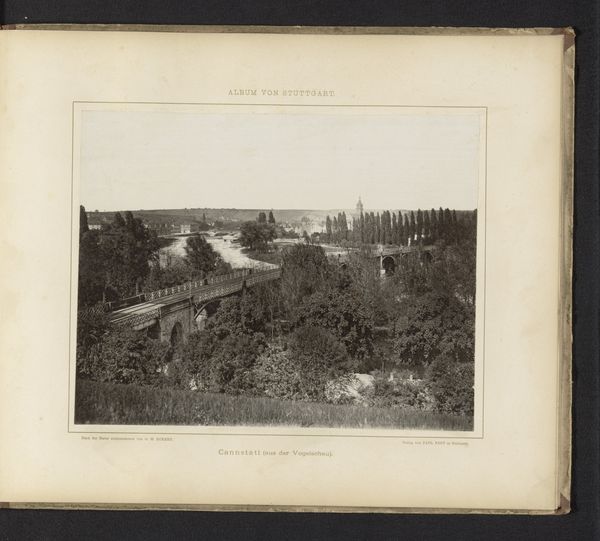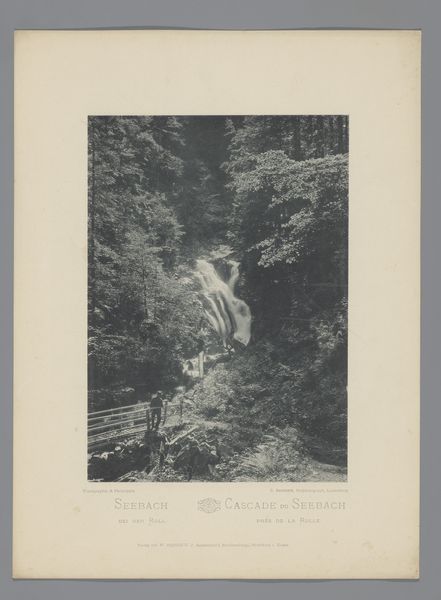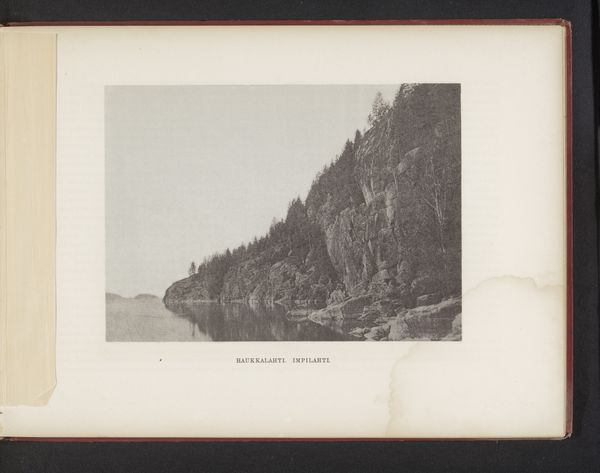
photography
#
pictorialism
#
landscape
#
photography
Dimensions: height 215 mm, width 153 mm
Copyright: Rijks Museum: Open Domain
Curator: What a find! We're looking at "Houtzagerij in Hohwald" taken by Charles Bernhoeft sometime before 1894. A real step back in time! Editor: My immediate feeling? Calm. The way the water rushes through that old sawmill feels like a hushed secret in the forest. Curator: It's a beautiful example of pictorialism. Bernhoeft manipulated the photography to create almost an Impressionistic painting with light and shadow. Look at how the mist seems to rise from the water, obscuring the sharp details of the industrial scene. Editor: I notice the presence of industry quietly nestled in nature, this mill isn’t dominating the landscape, but coexisting with it. Does the image speak to changing ideas about human labor during the period it was made? Curator: Exactly! During the late 19th century, Luxembourg was transforming into an industrial society. Bernhoeft's romantic, aestheticized take on labor in the forests makes you wonder if it’s nostalgia, anxiety, or possibly both. The composition feels quite deliberate, like the water is leading you right to that sawmill, front and center. Editor: The monochrome really intensifies the nostalgic feel, and the blurred edges create a soft, dreamy feel that emphasizes its timeless quality, making the past feel more… accessible somehow. Is the print itself very large? Curator: Not massive; more of an intimate viewing experience. It also raises questions of class. Early photography was more accessible than painting to bourgeois patrons, yet there's the scene itself presenting working-class subjects who are ultimately kept at a distance. The art is meant for those detached from daily toil. Editor: A scene from long ago, caught just so. These choices speak volumes. To see industry portrayed this way – almost softened – shows the selective lens through which these places and their workers were viewed. Curator: And by someone who understands composition; you know it could almost be a painting in the soft lines. Editor: Right. More an artist's reflection, than a record of change. Curator: Precisely! Bernhoeft’s lens transforms raw labor into quiet reverie. Editor: It leaves you wondering who worked here and how this industry impacted this idyllic-looking landscape.
Comments
No comments
Be the first to comment and join the conversation on the ultimate creative platform.
